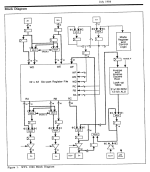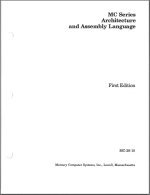Hi there,
Is there anybody who is familiar with this equipment?
From time to time there is offered such a board at ebay:

Currently here:

The seller wants a lot of money for it and I ask myself what it really is? The Weitek chip reminds me more on Sun then on Digital but you never know.
When you search at the site keyways.com you get a few more results for "Mercury"
I am wery interested in getting more information about this.
Any information is welcome.
Thanks in advance,
// Peter
Is there anybody who is familiar with this equipment?
From time to time there is offered such a board at ebay:

Currently here:

Mercury Computer Systems AP3232QB QBUS - Warranty | eBay
We have refurbished the part. VAX 6000, VAX-11/730. ABOUT KEYWAYS.
www.ebay.com
The seller wants a lot of money for it and I ask myself what it really is? The Weitek chip reminds me more on Sun then on Digital but you never know.
When you search at the site keyways.com you get a few more results for "Mercury"
| MERCURY COMPUTER SYSTEMS 56-000900 | |
| MERCURY COMPUTER SYSTEMS 56-001000 | |
| MERCURY COMPUTER SYSTEMS 56-001100 | |
| MERCURY COMPUTER SYSTEMS AP3232QB | |
| MERCURY COMPUTER SYSTEMS AP323QB | |
| MERCURY COMPUTER SYSTEMS BM3200QB | |
| MERCURY COMPUTER SYSTEMS CP3200QB | |
| MERCURY COMPUTER SYSTEMS XM3200QB |
I am wery interested in getting more information about this.
Any information is welcome.
Thanks in advance,
// Peter







